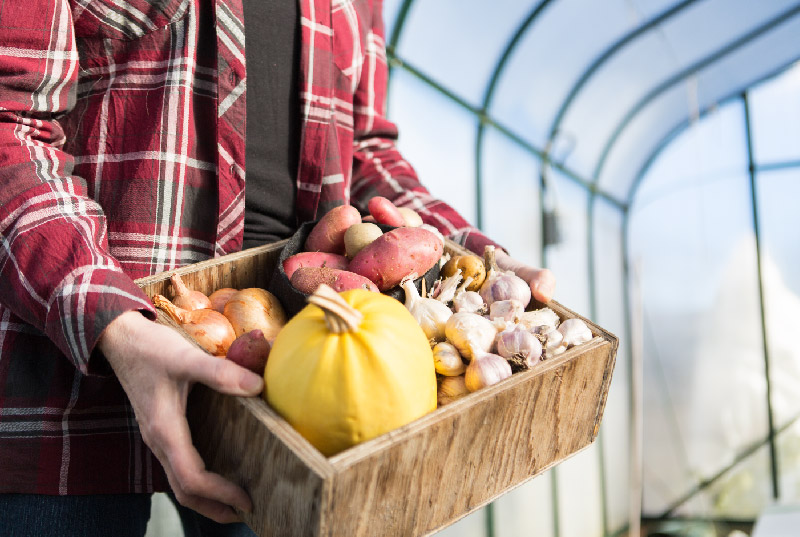
I help gardeners grow
& beginners blossom.
No seed left behind,
no soil unturned.
Together we can have lots of fun growing
great gardens using simple practical tips.
- Featured in -





Start saving & storing your garden seeds for a more more sustainable future
SIGN UP to get the FREE Seed packet PDF
X CLOSE

Using Biochar in Your Greenhouse, houseplants & outdoors

Mixing microbe-rich compost with biochar, flour and water charges the biochar and makes it more effective as a soil additive.
Biochar is an ancient product… It was used in the Amazon to create fabulous food gardens and sustainable soil. Today’s gardeners use biochar to draw CO2 from the air; ensure a steady release of minerals to plants in soil, supply a home for microbes and amend soils physically. Biochar can also modify pH and hold water in dry periods.
I like the idea of adding biochar because in my Qualicum Beach garden I have sandy soils and they drain too quickly and don’t store minerals. Biochar changes that. In wet clay soils Biochar physically loosens soils and boosts drainage. In low fertility soils it holds minerals and slowly releases them as ions to plants.
What Rob Lavoie of Airterra in Calgary, Alberta taught me is that I can boost the effectiveness of my biochar by pre-charging it with compost and food. This creates a highly effective, immediately available, topdressing for soils.
So if you have watched the short video and are intrigued, here is Rob’s recipe to charge biochar (Courtesy of CFIA certified SoilMatrix Biochar from Airterra). If you are looking for a source for this cool product in Canada check here.
Pour 1 litre water over 1 Box (7 litres) Soilmatrix Biochar into a large container (I used a clean garbage can.) Add 500 ml or about 2 cups flour (I used ground stale-dated oatmeal). Incorporate 1 litre or 4 cups high quality compost (have your compost tested in Canada here). Mix well and if it still feels dry add another 500 ml (2 cups) water to thoroughly moisten. Let mixture sit for two days and then mix an additional 60 litres of the same high quality compost into your starter mix to make enough topdressing for 30-40 square feet. DO NOT PLANT INTO THIS MIXTURE. Sprinkle it lightly (1″ layer) on to a greenhouse bed, an outdoor bed or a houseplant.
CLARIFICATION: Rob contacted me to remind me I should have mixed all the materials in the video dry, before I added the water. Here are his comments which you should keep in mind before mixing your own biochar:
- Best to use rubber (or latex) gloves when performing the mixing since some people have sensitive skin which can dry out because of biochar’s affinity for absorbing moisture. Just a safety hygiene point for some people… maybe they could also use a wooden spoon for mixing.
- Probably better to blend all the dry ingredients before adding the water to arrive at a more uniform blend. This is even more true when adding a number of different dry ingredients, which I am now experimenting with such as rock powders with additional nutrients like Calcium, and other micro-nutrients.
Biochar can be made by burning your own wood. You can also buy lump charcoal from the store for grilling meat except you crush it instead of grilling with it. The trouble is you don’t know what you are getting. What is the pH of the product? What is the internal structure of the material and how will it work for you? With the CFIA certification of the Soil Matrix Biochar individual gardeners don’t have to worry about the quality of the product. Just buy it, charge it and use it.
What Would Donna Do?
Get my growing and gardening tips and pointers throughout the season.
















Thanks- Love the feedback!
I had the good fortune of trying out Airterra SoilMatrix Biochar last spring, with good results in several of my flower beds. I used Rob’s recipe (biochar with flour added as well as worm castings) and plan to supplement more of my garden beds this spring!!!!